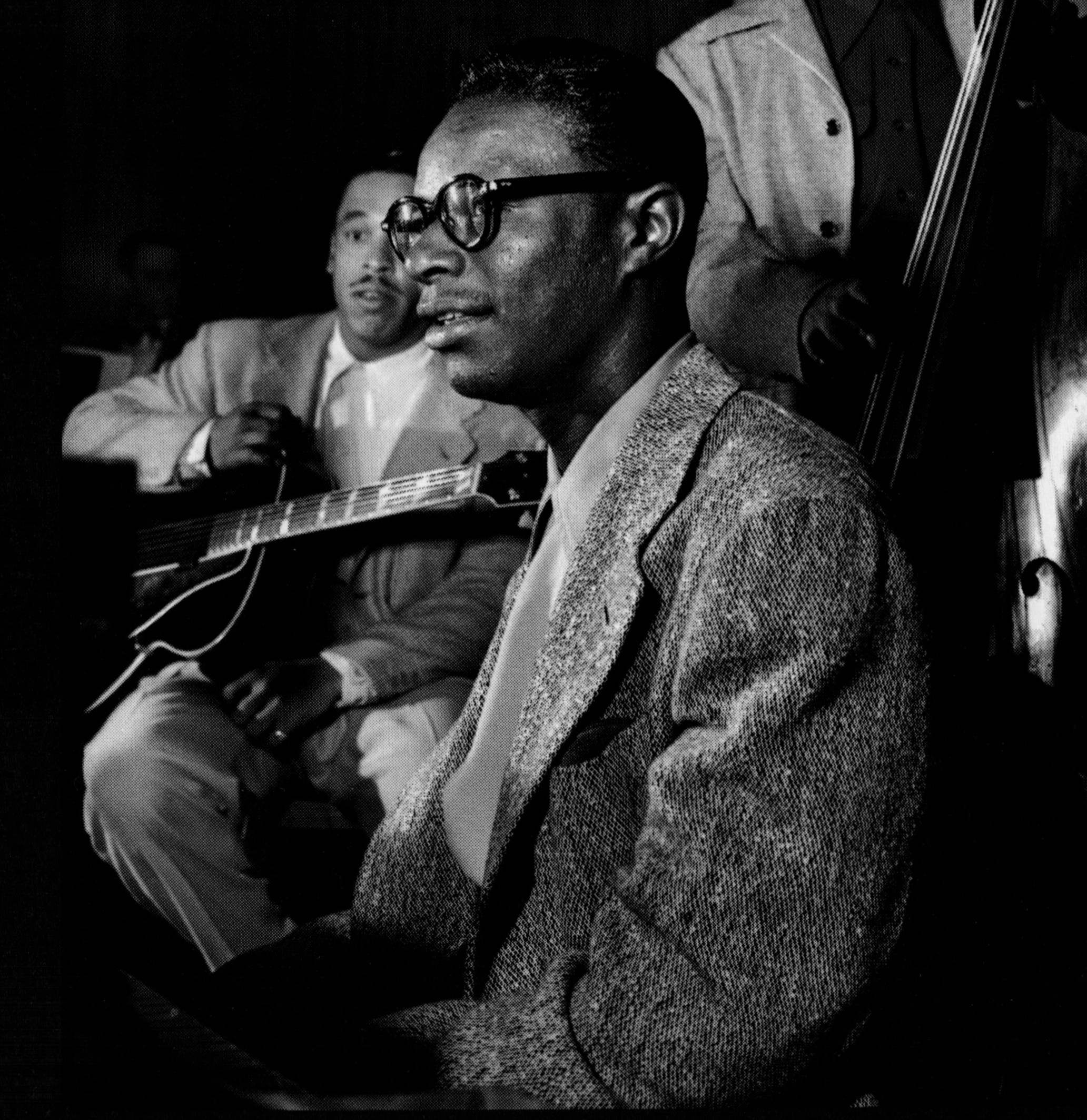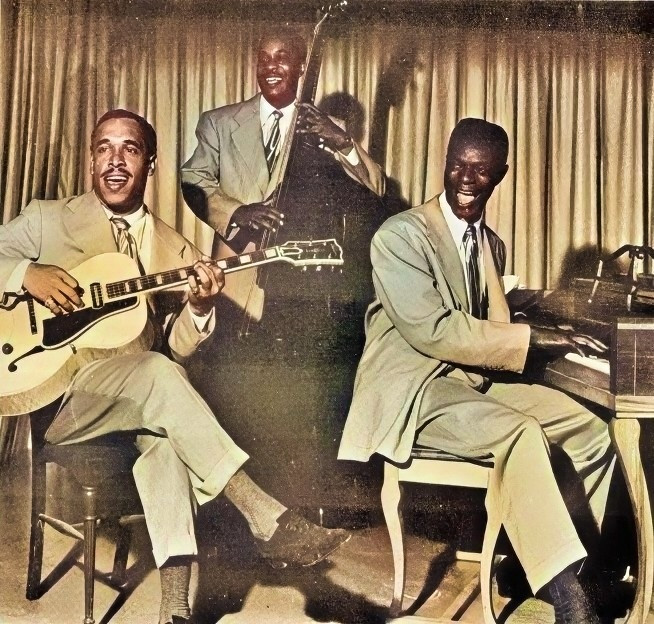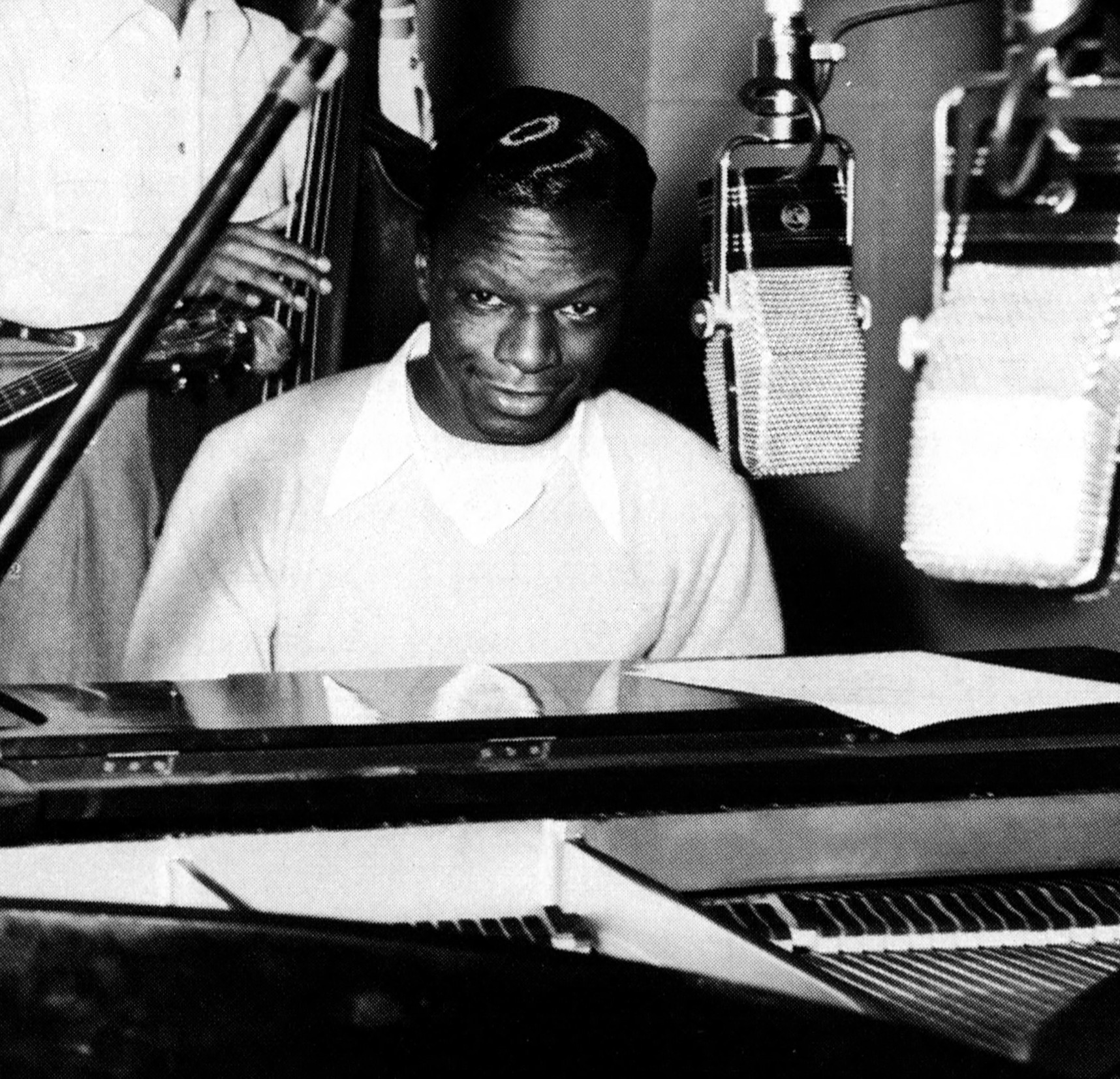The holiday season wouldn’t be complete without the familiar, comforting melodies that fill the airwaves and our homes. Among these timeless tunes, “The Christmas Song,” often subtitled “Chestnuts Roasting on an Open Fire,” stands out as a quintessential expression of Christmas warmth and nostalgia. But the story behind this beloved classic is as captivating as the song itself, originating not in a snowy winter wonderland, but in the sweltering summer heat of California.
To truly appreciate “The Christmas Song,” we need to step back into the summer of 1945, in the San Fernando Valley, Los Angeles. Singer Mel Tormé, pictured in his younger days, vividly recounts the song’s unexpected genesis:
“It was an incredibly hot afternoon,” Tormé recalled, “and I drove to Bob Wells’s house in Toluca Lake for a songwriting session. The San Fernando Valley was scorching in the July sun, easily ten degrees hotter than the rest of Los Angeles. Bob lived in a beautiful Colonial home, but even there, the heat was oppressive in those pre-air conditioning days. I walked in – back then, before Charles Manson, people sometimes left their doors unlocked – and called for Bob. No answer. I wandered over to the piano and saw a writing pad. On it, in pencil, were these lines:
Chestnuts roasting on an open fire
Jack Frost nipping at your nose
Yuletide carols being sung by a choir
And folks dressed up like Eskimos“
When Bob Wells finally appeared, dressed for the heat in tennis shorts and a t-shirt, Tormé inquired about the poem. Wells explained, “It was so damn hot today, I thought I’d write something to cool myself off. All I could think of was Christmas and cold weather.” Tormé immediately recognized the potential, exclaiming, “You know, this just might make a song.”
And so, in about forty-five minutes, “The Christmas Song” was born. The duo excitedly shared their creation with Tormé’s manager, Carlos Gastel, and lyricist Johnny Burke, before finally reaching Nat King Cole. Cole instantly fell in love with the melody, setting the stage for the song to become a Christmas anthem. However, it took a year before Nat King Cole could record it in a studio, with the record finally released in the fall of 1946, marking the beginning of its phenomenal success.
Nat King Cole’s Enduring Renditions of “The Christmas Song”
Nat King Cole’s connection to “The Christmas Song” became deeply intertwined with the song’s identity. Nat Cole, seen here in a late 1940s portrait, shared further insights with jazz journalist Leonard Feather in 1961, highlighting the song’s initial presentation:
 Nat King Cole, legendary singer of The Christmas Song, in a late 1940s portrait
Nat King Cole, legendary singer of The Christmas Song, in a late 1940s portrait
“Mel Tormé brought it to me while I was performing at the Trocadero,” Cole recounted. “It was during a heat wave, ironically, which seems to be when many Christmas songs are recorded. I thought it was beautiful, but I felt it needed more than just a trio arrangement.”
Music historian Will Friedwald further elaborates on the song’s development, noting that both Cole and his manager Gastel were immediately captivated. Despite Cole’s initial reservations about using strings, believing his trio was his core sound, he recognized the song’s potential for a richer arrangement. Interestingly, it wasn’t Capitol Records pushing for a string orchestra, but Cole himself. “Capitol was firmly against the idea,” Cole explained, “so I initially recorded it with just the trio.”
The 1946 Trio Version: Simplicity and Intimacy
Nat “King” Cole ultimately recorded “The Christmas Song” four times, each version contributing to its legacy. The first recording, captured on June 14, 1946, in New York City, featured the classic King Cole Trio: Nat Cole on piano and vocals, Oscar Moore on guitar, and Johnny Miller on bass. This intimate setting, depicted below, showcased the song in its purest form.
 The King Cole Trio in 1945, featuring Nat King Cole, Oscar Moore, and Johnny Miller
The King Cole Trio in 1945, featuring Nat King Cole, Oscar Moore, and Johnny Miller
This initial rendition of “The Christmas Song” highlights the core musical elements that would become iconic. Oscar Moore’s subtle “Jingle Bells” quote at the coda is already present, and the beauty of the melody, the supporting harmonies, and Nat Cole’s warm, understated vocal delivery shine through. The simplicity of the piano, bass, and guitar trio allows each element to be fully appreciated, free from any extraneous sounds. As you listen to this version, you can appreciate the raw beauty of “The Christmas Song” in its nascent stage. This recording, capturing Nat Cole in the summer of 1946, is a testament to the song’s inherent charm.
 Nat King Cole during the summer of 1946, the year he first recorded The Christmas Song
Nat King Cole during the summer of 1946, the year he first recorded The Christmas Song
The 1946 String Arrangement: Towards the Classic Sound
Just two months later, on August 19, 1946, the King Cole Trio returned to the WMCA recording studio in Manhattan to record “The Christmas Song” again, this time with the strings Nat Cole desired. Between sessions, Cole had sought an arrangement to enhance the trio’s sound. Although Russ Case, a renowned arranger, was initially approached, his contractual obligations led to his assistant, Charlie Grean, taking on the project.
Grean’s arrangement proved masterful, adding strings, harp, and subtle drums without overshadowing the trio’s established musical foundation. This version perfectly integrated the trio’s intimacy with the lushness of the added instruments, particularly the strings. This recording marked the emergence of what would become the definitive Nat King Cole treatment of “The Christmas Song,” a blend of warmth and sophistication that resonated deeply with audiences.
The 1953 Refinement: Perfection Achieved
By 1953, “The Christmas Song” had solidified its status as a holiday classic. The advent of high-fidelity long-playing records and Nat King Cole’s ascent to mainstream stardom further amplified its reach. On August 24, 1953, in Los Angeles, Cole recorded the song for the third time, with a larger string ensemble and an arrangement by Pete Rugolo, building upon Grean’s original work.
This 1953 recording is often considered the definitive version of “The Christmas Song.” It distilled the essence of the previous recordings into a seamless whole. Cole’s vocal performance reached new heights of confidence and polish, benefiting from Capitol Records’ top-tier production. Notably, this version also subtly influenced singers like Johnny Mathis, whose early recordings echoed Cole’s phrasing and style.
The 1961 Stereo Version: The Ubiquitous Recording
Nat King Cole’s final recording of “The Christmas Song” occurred in 1961, again in Los Angeles. This version, conducted by Ralph Carmichael and featuring an even larger string section, was essentially a stereo re-recording of the 1953 arrangement. While technically advanced due to its stereo sound, it closely mirrored the 1953 performance. This 1961 version, often found on Christmas compilations and easily recognizable by its CD cover, became the most ubiquitous and widely heard rendition of “The Christmas Song”.
 Nat King Cole's "The Christmas Song" CD cover, showcasing the iconic holiday classic
Nat King Cole's "The Christmas Song" CD cover, showcasing the iconic holiday classic
The Lasting Legacy of a Christmas Standard
From its unexpected creation in the summer heat to its multiple recordings and enduring popularity, “The Christmas Song” has become an indelible part of the holiday season. Nat King Cole’s masterful interpretations, evolving from the intimate trio setting to the lush orchestral arrangements, cemented the song’s place in music history. Whether you prefer the simplicity of the original trio version or the rich sound of the later recordings, “The Christmas Song” continues to evoke the warmth, nostalgia, and magic of Christmas for generations to come. Its journey is a testament to the serendipitous nature of creativity and the timeless appeal of a truly classic Christmas song.

